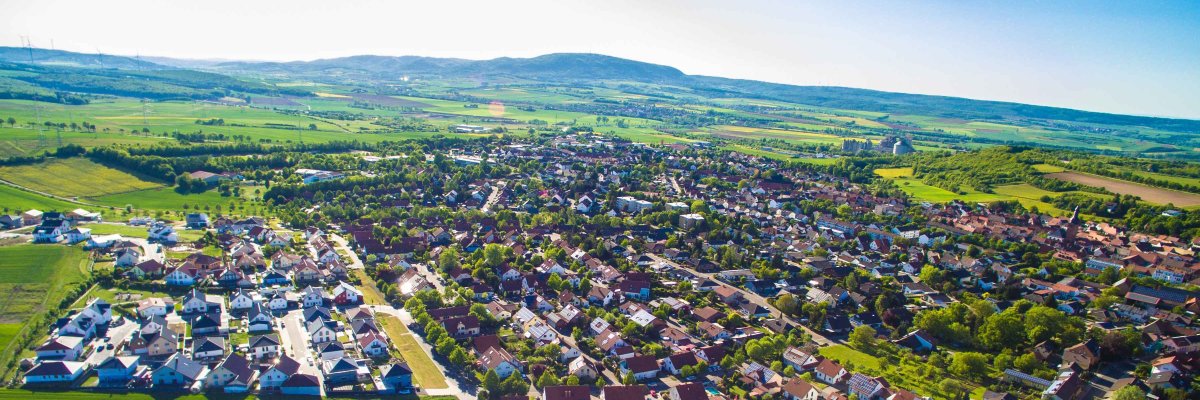Insight into municipal heat planning
Municipal heat planning is made up of three dimensions:
Strategic process for the future heat supply, comparable to a land use plan
Comprehensive report showing the path to greenhouse gas neutrality in the heating sector based on defined measures
Transformation of the current heat supply to a greenhouse gas-neutral heat supply
Here you will find the results of the inventory and potential analysis of municipal heat planning in the VG Göllheim.
What is municipal heat planning?
Municipal heat planning is a strategic process that describes the future heat supply within a municipality. As part of this process, a municipal heating plan is drawn up - a guideline for the conversion from fossil to renewable heating systems and measures to reduce CO2 emissions in the heating sector.
The main aim of heat planning is to replace fossil fuels with environmentally friendly alternatives such as geothermal energy, solar thermal energy, biomass or waste heat recovery, while at the same time reducing overall energy consumption . In this way, local authorities not only create the basis for a sustainable heat supply, but also make a significant contribution to achieving climate targets and improving the quality of life locally.
Phases of municipal heat planning:
Inventory analysis

The existing supply structure is recorded and all buildings are mapped according to their types, their building structure and their heat consumption (for space heating, hot water and process heat). On this basis, the resulting greenhouse gas emissions are calculated in order to develop targeted measures to reduce emissions in the VG.
Data collection and recording: First of all, all relevant data on heat supply is collected, such as energy consumption, heating systems and infrastructure.
Data validation and supplementation: The recorded data is checked for accuracy and completeness and supplemented if necessary.
Preparation of a heat, energy and greenhouse gas balance according to BISKO: A comprehensive balance sheet is prepared to evaluate and analyze the municipality's energy consumption and CO2 emissions.
Cartographic representation in a GIS system: The data is digitally mapped in order to visualize the heat supply and infrastructure and enable targeted analysis.
Potential analysis

In the VG Göllheim, all potentials for environmentally friendly heat generation and for reducing heat demand are being jointly analyzed. This includes examining how existing heat sources and unavoidable waste heat can be used efficiently in order to make the heat supply in the VG sustainable. There is potential in the area of electricity generation through photovoltaics and wind energy as well as in the heating sector through innovative solutions such as local and district heating networks or the use of heat pumps.
Energy-saving potential: Opportunities to reduce heat consumption through more efficient heating systems, better insulation and optimized operational management are identified.
Potential of renewable energies and waste heat: Possibilities for the use of renewable energies (such as solar thermal energy or heat pumps) and waste heat sources (e.g. industrial waste heat) are analyzed.
These steps help to reduce energy consumption and integrate sustainable energies.
Target scenario development

Following on from the analysis of the existing situation and potential, transformation targets are defined together with the steering group and the steering committee of the VG Göllheim. These targets take into account the future development of heat demand and the planned supply structure and are intended to ensure that heat demand is covered sustainably. In this way, an environmentally friendly, efficient heat supply can be created for the coming years.
Catalog of measures

The final phase comprises the development of a strategic catalog of measures to achieve the goal of a climate-neutral heat supply. This is a long-term process of municipal heat planning in which all relevant local stakeholders are actively involved. The defined measures are continuously reviewed for their feasibility and effectiveness to ensure that we react flexibly to changes and find the best possible solutions for our local authority.

